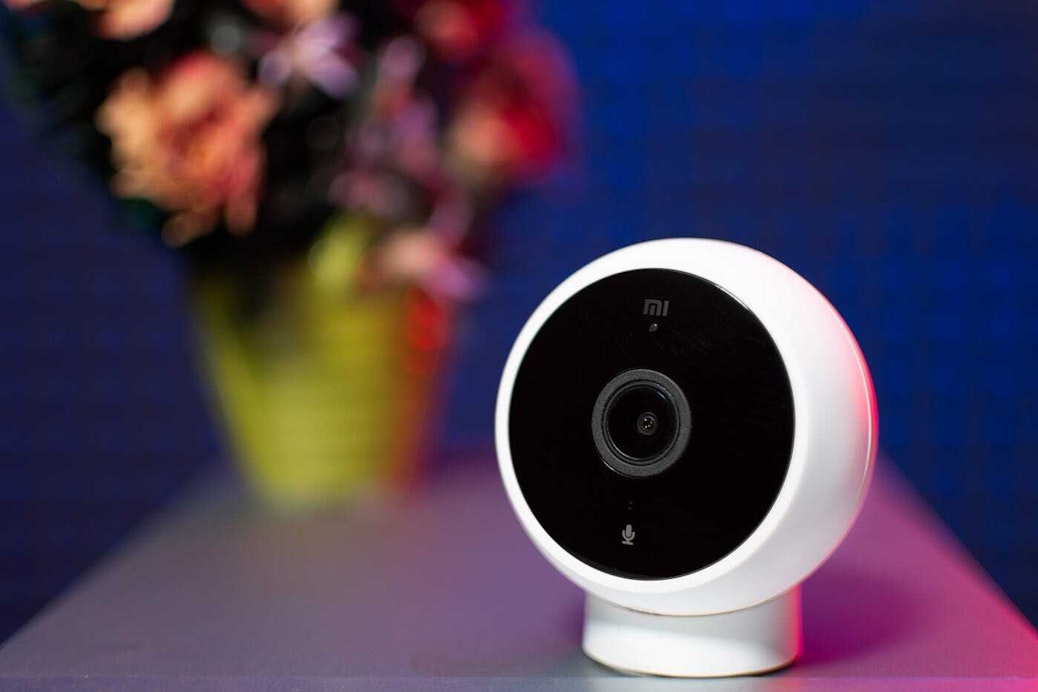
A smart product is only as smart as what people actually do with it. If they don’t use it, well, it is far from being smart. As many consumer electronics companies have already discovered, the fact that a customer bought the product is no guarantee that he will actually use it. So, making sure end users see value in the digital side of a connected product is a prerequisite. Unfortunately, sometimes creating this value can prove to be more elusive than you might think.
Most companies assume that value will be driven by functionality relevant to each particular product. But this makes assumptions about the user, and his own understanding and comfort level with such technology. If you don’t invest in understanding that relationship, it doesn’t matter how many bells and whistles you add to your product. The user who is confounded by any part of the technology won’t be much of a user at all. Fortunately, and regardless of vertical, value can be generated if you dig deep enough and are willing to put in the work.
Here are six areas you should explore:
Onboarding — At the very minimum, and especially for products that are pure device or device first on the connected spectrum, merely crossing the Onboarding chasm can be a challenge. Getting users set up with their connected devices as quickly and seamlessly as possible is incredibly valuable.
Settings & Maintenance — There are less frequent, more esoteric changes to product settings that usually don’t get a clear and simple physical representation on the device itself (tends to be complicated). Actually having a digital interface can make the physical buttons and levers simpler by offloading elements to the mobile app or web. At the same time, you can bring more options and control in settings that can only be handled on a digital interface.
Complex Functions — The digital interface is the natural place for more complex functions. Many times the addition of a digital interface actually opens the door to capabilities that physical buttons can not support, either for complexity reasons or the need for external information. For instance, external data collected from the web can interplay with device functionality and operation. Weather is an obvious example, but the options are far and wide depending on vertical.
Time & Space — The digital interface is always with you (your mobile), which means you can control the device without needing to be near it. Enabling remote access, even for less frequent scenarios, can prove very valuable. When away from the device, notifications can also prove powerful, even if infrequent and limited to safety situations. Timers and scheduled activities, which can hardly be operated with a physical interfaces (very cumbersome) are also a very good fit for the digital interfaces.
Education — As the product capabilities expand with a digital interface, so does the need to educate the user on what and how can be done with the product. The digital interface itself is where passing this knowledge can be achieved most effectively (video), and it can go far in providing data and know-how beyond the actual/particular use of the product.
Reporting — Reporting is usually not the centerpiece of the digital interface; nevertheless, it is a classic use of it and does add to the overall value generated. Sometimes reporting is important, even just as a means of reminding users of value that’s being created automatically in the background (air purifiers, for example).
Creating value through functionality is obviously constrained by budget, hence it is important to remember that when introducing a new product to market, not all potential value must be realized. In fact, companies should aim to deliver the minimum threshold of value that will still keep users engaged. The digital side of a consumer electronics product is software and, as such, can be upgraded down the road based on actual customers’ use patterns and feedback. With the full value map in hand, companies can get the most bang for the buck while still delivering just enough value for the product to be used; and yes, live up to the title of being smart.






